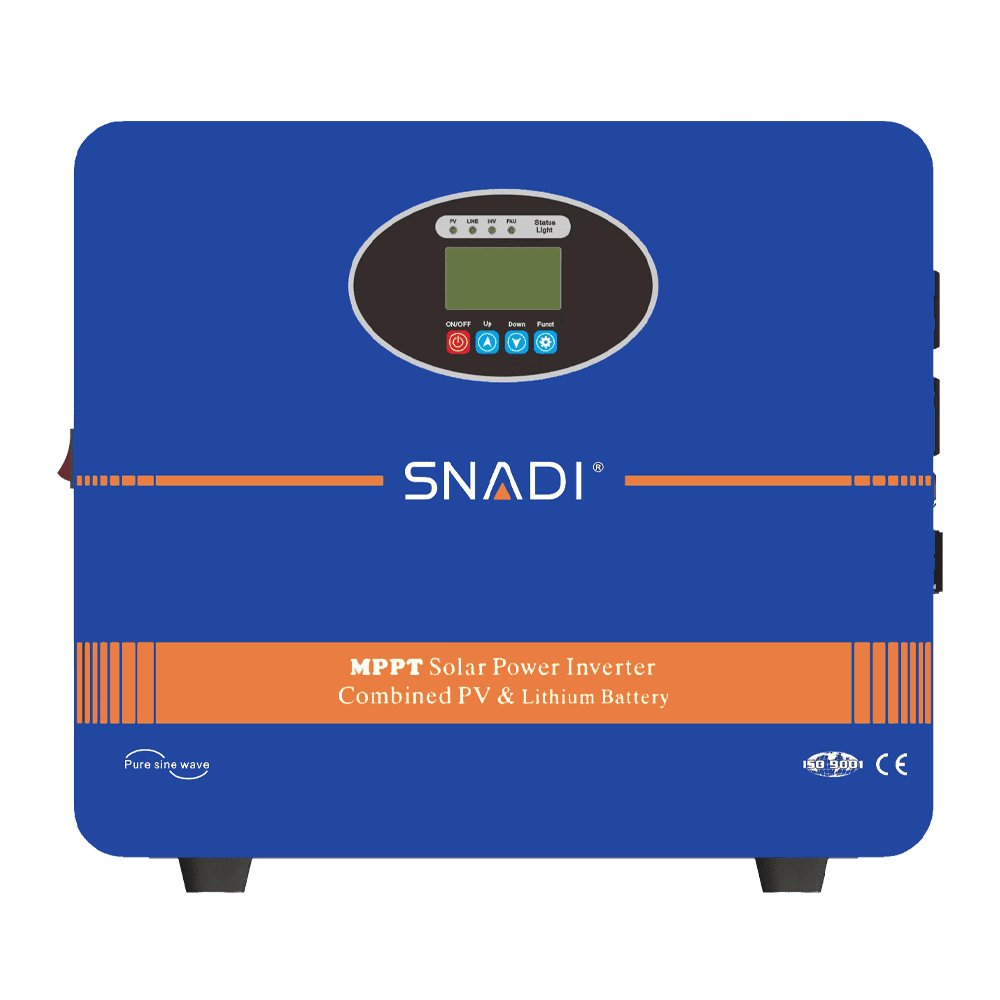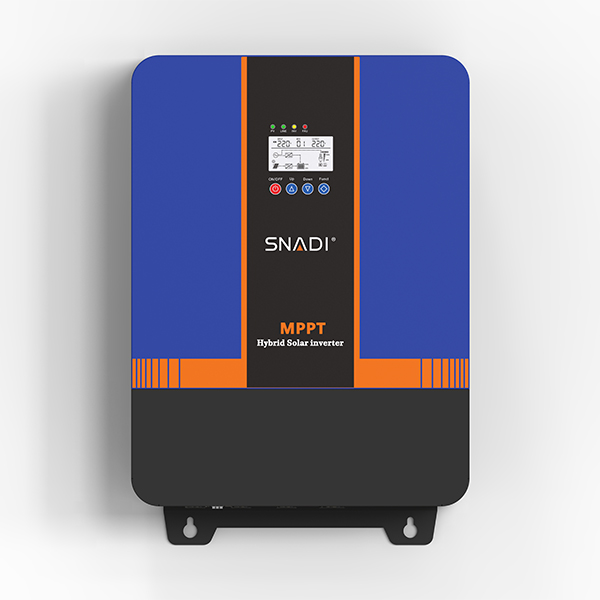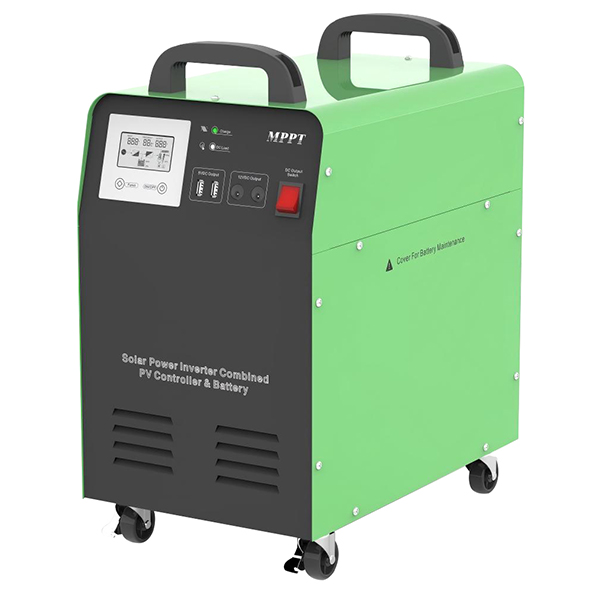Solar power inverters are essential components in both grid-tied and off-grid solar systems. While grid-tied inverters are intended to synchronize with the utility grid, some models can also be employed in off-grid applications. In this article, we'll explore the feasibility of using a solar power inverter for an off-grid system and the factors to consider.
Types of Solar Power Inverters
There are three main types of solar power inverters:
On-Grid inverters: These inverters are designed to synchronize with the utility grid and feed excess solar power into the grid. They cannot operate during a power loss without additional equipment.
Off-grid inverters: Also known as stand-alone inverters, these are specifically designed for off-grid applications. They can operate independently without being connected to the utility grid.
Hybrid inverters: These inverters can function in both grid-tied and off-grid modes. They can function as a grid-tied inverter while the grid is accessible and flip to off-grid mode during a power outage or in remote areas without grid connectivity.
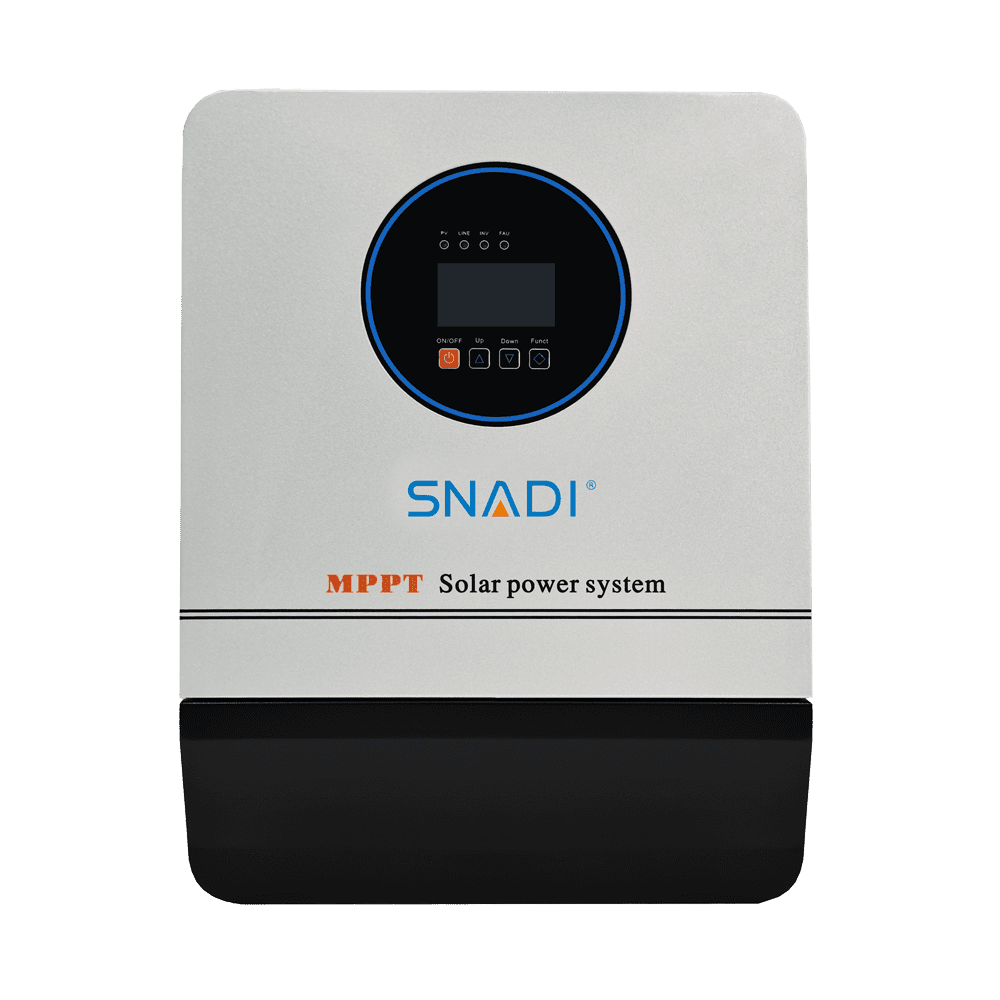
Can a Grid-Tie Inverter Be Used for Off-Grid?
A grid-tie inverter can sometimes be used for an off-grid system, but it requires additional components and modifications. Grid-tied inverters are not intended to function independently and need a consistent voltage and frequency reference from the utility grid.
To use a grid-tie inverter off-grid, you would need to add the following components:
Battery bank: A battery bank is essential to store solar energy for use during periods of low or no sunlight. The inverter must be compatible with the battery bank voltage.
Charge controller: A charge controller regulates the flow of electricity from the solar panels to the battery bank, preventing overcharging and guaranteeing the best battery performance.
Transfer switch: A transfer switch is used to isolate the grid-tie inverter from the utility grid when operating in off-grid mode. This prevents the inverter from feeding power back into the grid during an outage, which could be dangerous for utility workers.
Frequency and voltage reference: To function off-grid, the grid-tie inverter requires an external frequency and voltage reference, such as a generator or a grid-forming inverter.
It's worth noting that utilizing a grid-tie inverter off-grid may be less efficient or dependable than using a specialist off-grid inverter. Grid-tie inverters are not designed for continuous off-grid operation and may have limitations in terms of battery charging capabilities, load handling, and overall performance.
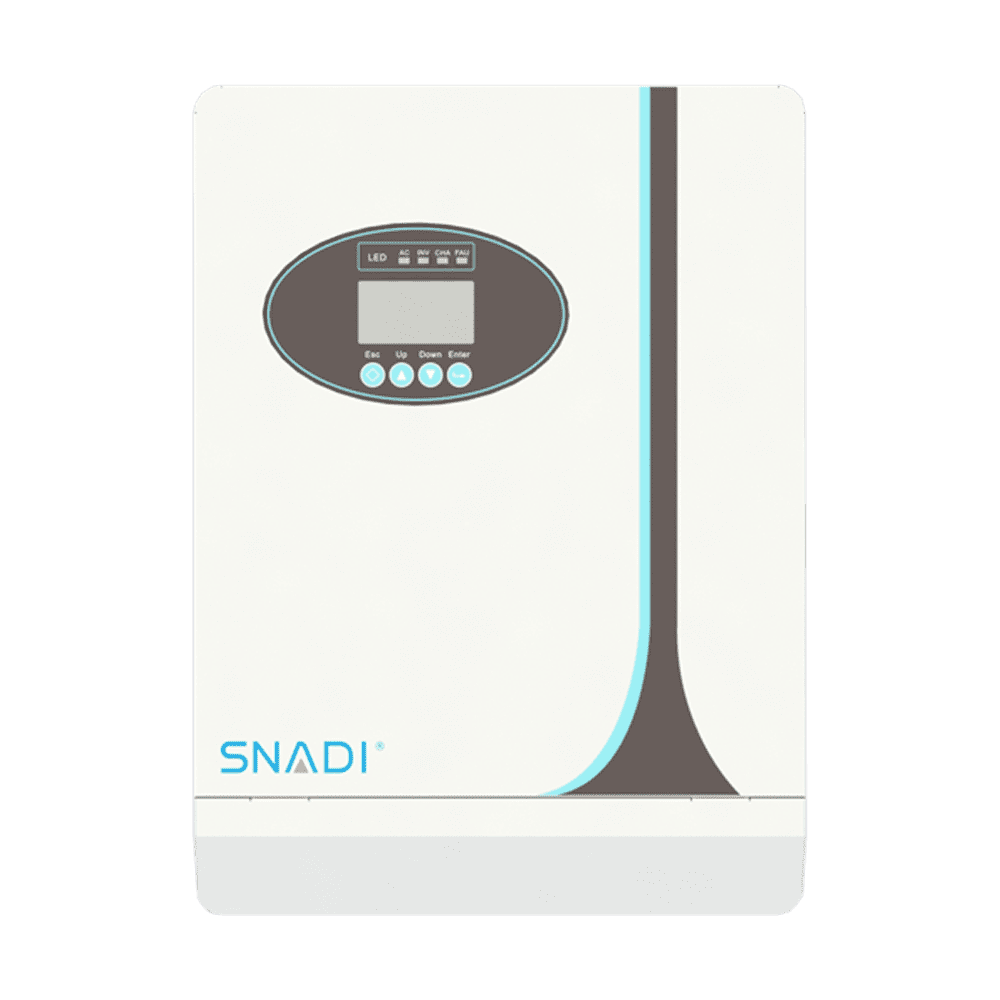
Advantages of Using a Solar Power Inverter for Off-Grid Systems
Cost-effective: If you already own a grid-tie inverter, using it for an off-grid system can be a cost-effective solution, as you don't need to purchase a separate off-grid inverter.
Familiarity: If you're familiar with the installation and operation of a grid-tie inverter, you may find it easier to adapt it for off-grid use.
Compatibility: Some grid-tie inverters are designed to be compatible with off-grid systems and may have built-in features or options to enable off-grid operation.
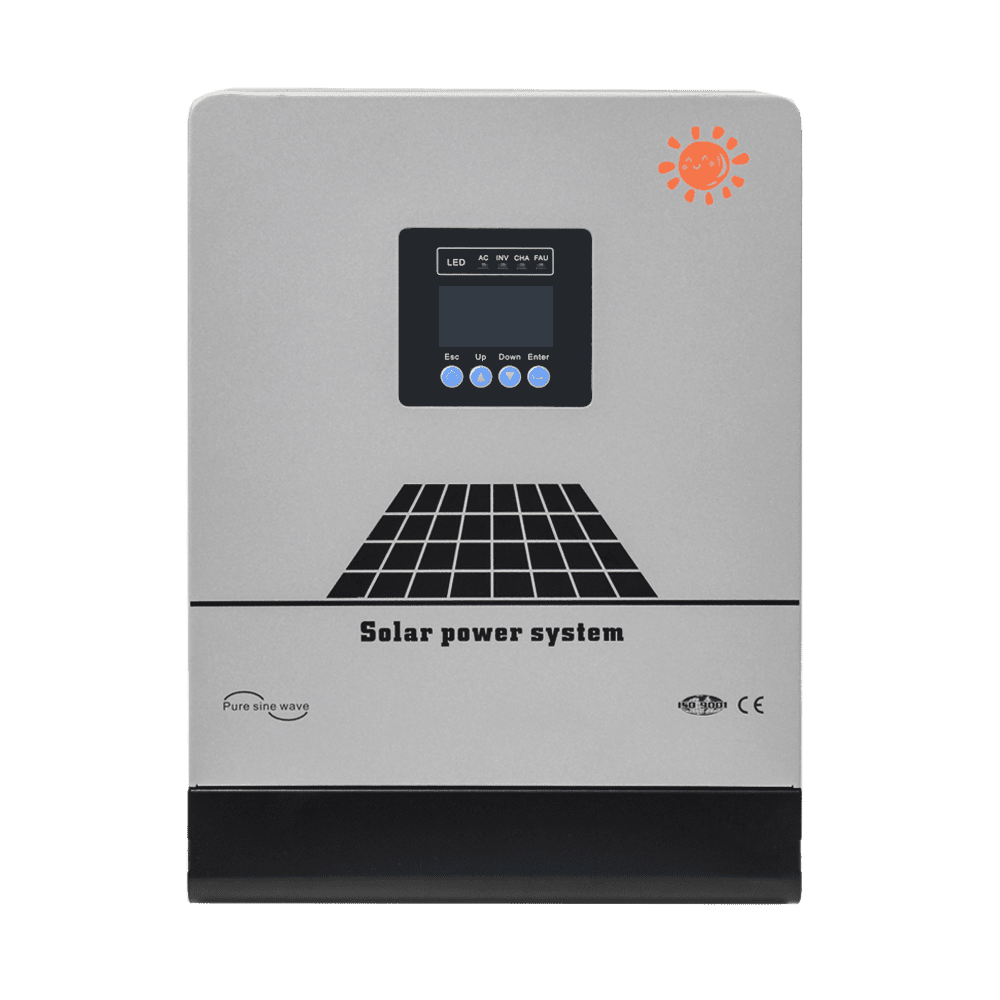
Considerations When Using a Solar Power Inverter for Off-Grid Systems
When using a solar power inverter for an off-grid system, consider the following factors:
Inverter compatibility: Check that the grid-tie inverter is compatible with the rest of your off-grid system, including the battery bank voltage and frequency/voltage reference.
Battery bank sizing: Size the battery bank appropriately to meet your energy needs and ensure that the inverter can handle the load.
Charge controller compatibility: Choose a charge controller that is compatible with both the solar panels and the battery bank voltage.
Frequency and voltage reference: Ensure that the frequency and voltage reference (e.g., generator or grid-forming inverter) can supply a consistent voltage and frequency for the grid-tie inverter to function off-grid.
Safety and compliance: Follow all local electrical codes and safety regulations when installing and configuring the off-grid system. Contact a competent electrician or solar installer to ensure proper installation and compliance.
Conclusion
While it is possible to use a solar power inverter for an off-grid system, it requires additional components and modifications. However, if you are looking for a high-quality solar power inverter, SNADI is ideal for you. Please visit our site for more product details without hesitation now!




